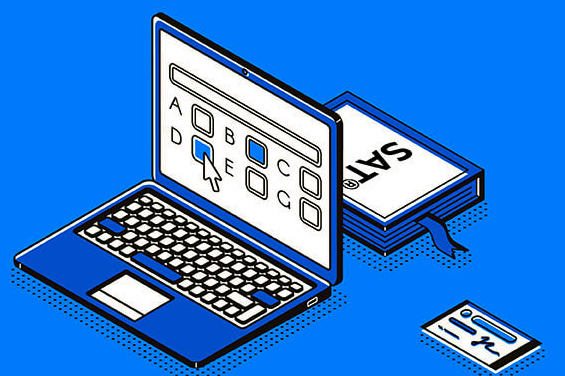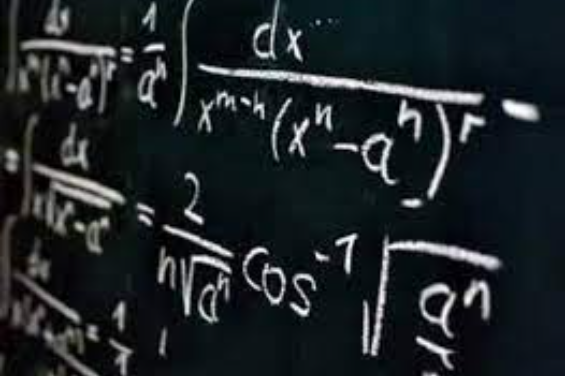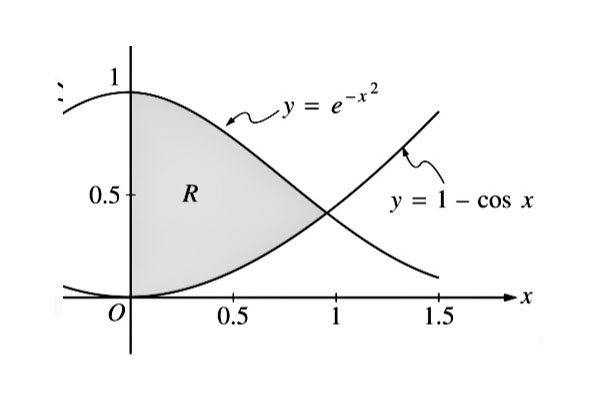A zillion tutoring services have blogs on the digital SAT. They all tell you the information
in a dull official tone, some of it probably written by SEO writers maybe revising Chatgpt. This blog tells you what you really need to know with a more informal approach. In general, most of the other blogs have a lot of filler, and there is better information available on short videos.
The key is to use the Question Bank,
https://satsuitequestionbank.collegeboard.org/ , which came out in September 2023. You can get the College Board book or online tests. However, the Question Bank is complete, and sorted by difficulty and topic. It is best to search for PSAT questions, which also include the SAT questions. Use the regular PSAT, not the PSAT for lower grades, which will just give you a few questions that involve less advanced math etc. The only reason the use the PSAT for lower grades is to start out with if the student is in like 8th grade.
There are also sample questions and four sample tests available. However, the Question Bank includes the questions on the sample tests and is the best material to study.
With the Question Bank, you need to select problems by topic and difficulty and then export them to a pdf.
I have noticed several things from tutoring students for the digital Math SAT using the question bank. The hard questions are much harder than what is on the pre-2024 exam. The adaptive approach enables the exam to differentiate more between students at a high level applying to top schools.
The math exam is even more oriented towards skills you may use in college and the work world. That means there are even more basic statistics problems. These topics are important in college, but are not covered that much in high school. That means it is particularly important to prepare for them.
I am working with a student who was getting about 4 wrong on real Math SAT for the old exam. For some topics in the new digital exam, she is getting about half of the hard problems wrong. We needed to go back to medium or even easy problems for certain topics.
If you are at a fairly high score level, you should concentrate on studying the hard questions. Because the test is adaptive, you will almost always be asked hard questions. There are only so many hard questions in the bank, so it is recommended that students going for a good score know all of those questions well. However, if you have trouble with the hard questions for a certain topic, then work on the medium ones for that topic.
The new material with the hard questions should be better for students looking for a top score to prepare with and it should make it easier for tutors to prepare students to get top scores.
The questions seem somewhat repetitive, so it is really important to study and know all the officially released problems. There appear to be less interesting different problems then on pre-digital exams, so it is easier now to do well by studying. However, there are less real questions, as there are 70+ real exams for the old test posted on the Internet.
There are many books of made up problems. They should be accurate in some ways, because there is good information available on what problems will be on the test. Some of these books are selling well, because people want information for the new SAT, but they offer little value. It is best to work with real problems. There is really not much reason to use book by standard test prep publishers, etc. when the real question bank is available. Those books may be good for teaching the material, but not for questions. It is particularly recommended that you stick to or at least start with real problems, because books and software with made up problems may not be accurate in mimicking the real digital SAT so soon after it has been released.
It is generally not recommended to work with problems from pre-digital exams or books or made up problems for the old exam. The changes are not as great as those made in 2015, but it is a new exam.
It should be useful to take the real exams available online to practice the new set up and the modular adaptive approach. It should also be useful to use commercial software with made up exams that simulates the experience of taking the digital exam.
A major change to the verbal sections is due to the adaptive approach there are not long passages. Instead there are short paragraph length passage with one question to the passage. Similarly, in math there are no longer 2 or 3 questions based on the same information.
Free answer math questions will be able to have negative number answers, in contrast to the old exam. The free answer math questions also have answers that are larger numbers, maybe 5 digits. These have to be exact answers, so be careful to avoid round off errors with your calculator. The verbal section has less emphasis on grammar, and has returned to having some emphasis on vocabulary.
Unlike the old exam, for which you can only write in the test booklet, because it is online, you will be given graph paper to write on. You can also cross out answers and highlight and annotate passages on the computer screen.
The digital test is adaptive, but it is not linear. You can skip problems and go back to them. You do need to complete each module before going on to the next one. It will start by giving you a medium module and then determine whether to give you hard, medium, or easy for the next module depending on how you do on the module as a whole. It evaluates what to give you based on how you do on several questions. It is adaptive at the module level, not the question level.
Both the math and verbal sections include two modules each. The first module is of medium level questions. If you miss for than 5 questions on the first module, you will generally not be placed in the hard module for the second part, which could be sort of a disaster if you are going for a really high score.
Presumably, they are hoping this will improve the security of the exam, and limit the amount of information available about previous exams. For the old exam, there are a zillion previous exams available on the web that College Board does not want you to have. Available, for example, here https://www.mcelroytutoring.com/lower.php?url=44-official-sat-pdfs-and-82-official-act-pdf-practice-tests-free . In some cases, College Board gave an exam as a snow make up or whatever which had been posted on the Internet several months ago. Some international exam takers were really good at finding ways to get questions and answers etc. However, digital SAT problems from international exam have already appeared on the Internet. It is my view that for improved security and fairness, no questions should be reused, and all past exams should be made public. That is the approach used in other countries with crucial English A-levels for example, and also with the free answer portions of AP exams. In 2023, all US exams were paper and all international exams were digital. The exam goes all digital as of March 2024. It went digital for international students a year earlier.
You will take the exam on a computer at a testing center. The test will be proctored. There will be a calculator app you can use. You will also be able to bring your own approved calculator. There will not be a no calculator section as on the old exam. For many of the problems, the calculations will be such that you will actually need to use the calculator.
The adaptive digital exam should differentiate more between students with very high scores, since they will be answering almost all hard problems, so it should be more difficult to get almost all of them right.
As of late 2023, it is recommended that you just use the question bank and do NOT use prep books claiming to be for the Digital Exam. The Question Bank just came out in September 2023, so Digital SAT books published before 2024 are mostly based on the old SAT and guesses about what will be on the digital exam.
I am working on a book and other materials for the digital SAT. It will follow the approach of https://www.amazon.com/Advanced-Math-ACT-Going-Guide/dp/B095JFZY7Q/ with material and approaches not available elsewhere. There will be difficult practice for students going for top scores, common problems repeatedly on the exam which it is crucial to know, and explanations of material on the exam. I work only from new digital exam problems, unlike other books, which modify existing material, and may include problem types not seen since 2014.
This is tbe best digital SAT blog I know of https://www.mcelroytutoring.com/blog-post.php?id=5210. The following are some other digital SAT blogs, which I recommend looking at:
https://blog.prepscholar.com/digital-sat-format
https://www.scoir.com/blog/the-ins-and-outs-of-the-digital-sat
I recommend this video: https://www.youtube.com/watch?v=2aiVO9FoGg4
The following are digital SAT topics:
- Words in context
- Text structure and purpose
- Cross-text connections
Information and ideas:
- Textual
- Quantitative
- Central ideas and details
- Command of evidence
- Inferences
Standard English conventions:
- Boundaries
- Form, structure, and sense
- Expression of ideas:
- Rhetorical synthesis
- Transitions
Algebra:
- Linear equations in one variable
- Linear equations in two variables
- Linear functions
- Systems of two linear equations in two variables
- Linear inequalities in one or two variables
Advanced math:
- Equivalent expressions
- Nonlinear equations in one variable and systems of equations in two variables
- Nonlinear functions (such as quadratic, polynomial, exponential, absolute value, rational, radical, etc.)
Problem solving and data analysis:
- Ratios, rates, proportional relationships, and units
- Percentages
- One-variable data: distributions and measures of center and spread
- Two-variable data: models and scatter plots
- Probability and conditional probability
- Inference from sample statistics and margin of error
Evaluating statistical claims:
- observational studies and experiments
Geometry and trigonometry:
- Area and volume
- Lines, angles, and triangles
- Right triangles and trigonometry
- Circles





